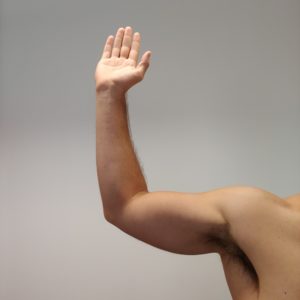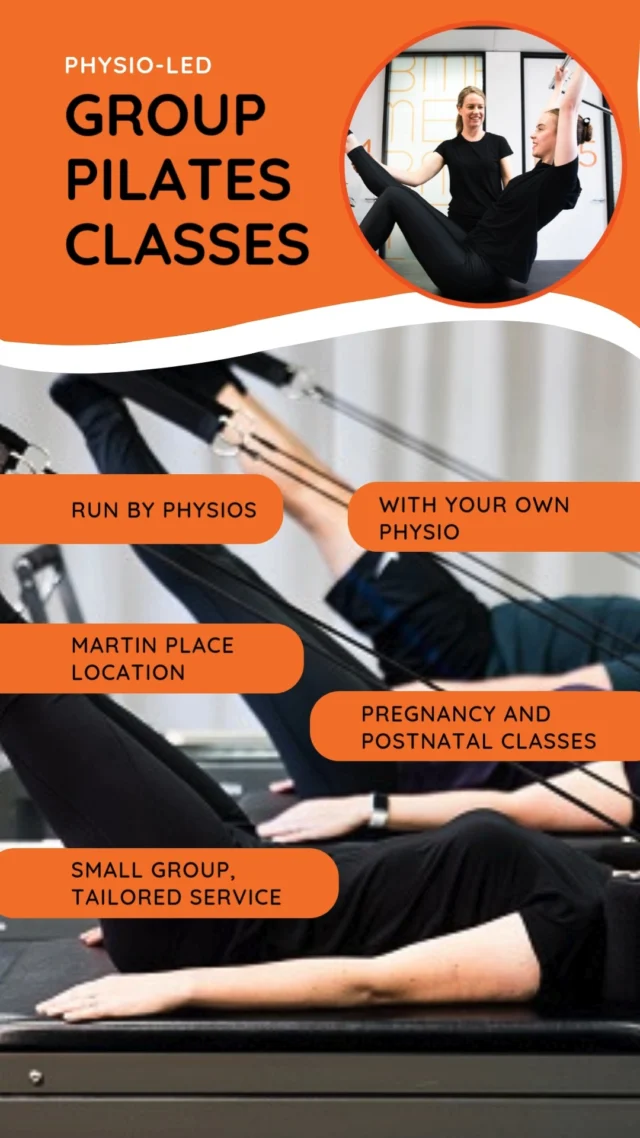So you have managed to ‘pop’ your shoulder in footy, what do you do!?
Shoulder instability is common in contact sports like rugby league, AFL and rugby union, and also non-contact sports like basketball, soccer and netball. There are varying degrees of what ‘popping out a shoulder’ can mean. Anatomically, subluxation is when the ball and socket joint of the shoulder comes out of alignment momentarily and then returns to its normal position. A dislocation is a worse variation where the shoulder stays ‘out’.
Complications due to ‘popping’ your shoulder may include damage to surrounding stabilising structures like the glenoid labrum, joint capsule and rotator cuff muscles. In severe cases you could also damage the bony joint surface changing your shoulder stability for the long term by chipping away part of the socket, creating a divot in the joint surfaces or even damaging surrounding nerve vessels.
 How does it happen? Typically in an outstretched arm position technically referred to as abduction and external rotation, or in layman’s terms as if you were throwing a ball. We get caught in this position while trying to tackle, pass a ball or falling at a dodgy angle, typically this happens more frequently when we are also taking contact.
How does it happen? Typically in an outstretched arm position technically referred to as abduction and external rotation, or in layman’s terms as if you were throwing a ball. We get caught in this position while trying to tackle, pass a ball or falling at a dodgy angle, typically this happens more frequently when we are also taking contact.
There are varying degrees of how serious your popped shoulder is and also varying degrees of management. Each injury is dependent on the individual and the following factors.
- How old you are. Younger shoulders repair better than older ones.
- Females and males have physical differences in shoulder size and muscle bulk, all contributing factors to shoulder stability.
- Type of sport is important. If you need to take heavy contact you would need a slightly different rehab check list including increased strength compared to a throwing sport which may require more time in vulnerable positions.
- The position you play also determines the requirements for rehabilitation. A rugby hooker uses his shoulder for much different purposes compared to a winger.
- We also factor in where in the season the injury occurred.
- Associated pathology like changes in joint integrity through a major tear, joint surface change or damage to soft tissue structures.
As your Physio we combine these factors with your physical testing and help guide your individual return to play.
Some rough guidelines for return to play may include:
- You should be pain free.
- Your shoulder strength should be equal to your opposite side, this includes scapular strength.
- Your shoulder should be able to reach the range of motion required for your sport.
- Sport-specific tests have been passed with flying colours!
In season shoulder instability remains a risk with some authors predicting re-injury rates as high as 90%.
There are many factors that contribute to your ability to return to play. Each case is different. To help guide you come in and see one of our experienced Sports Physiotherapists at Bend + Mend. We have four great locations in Sydney’s CBD.





